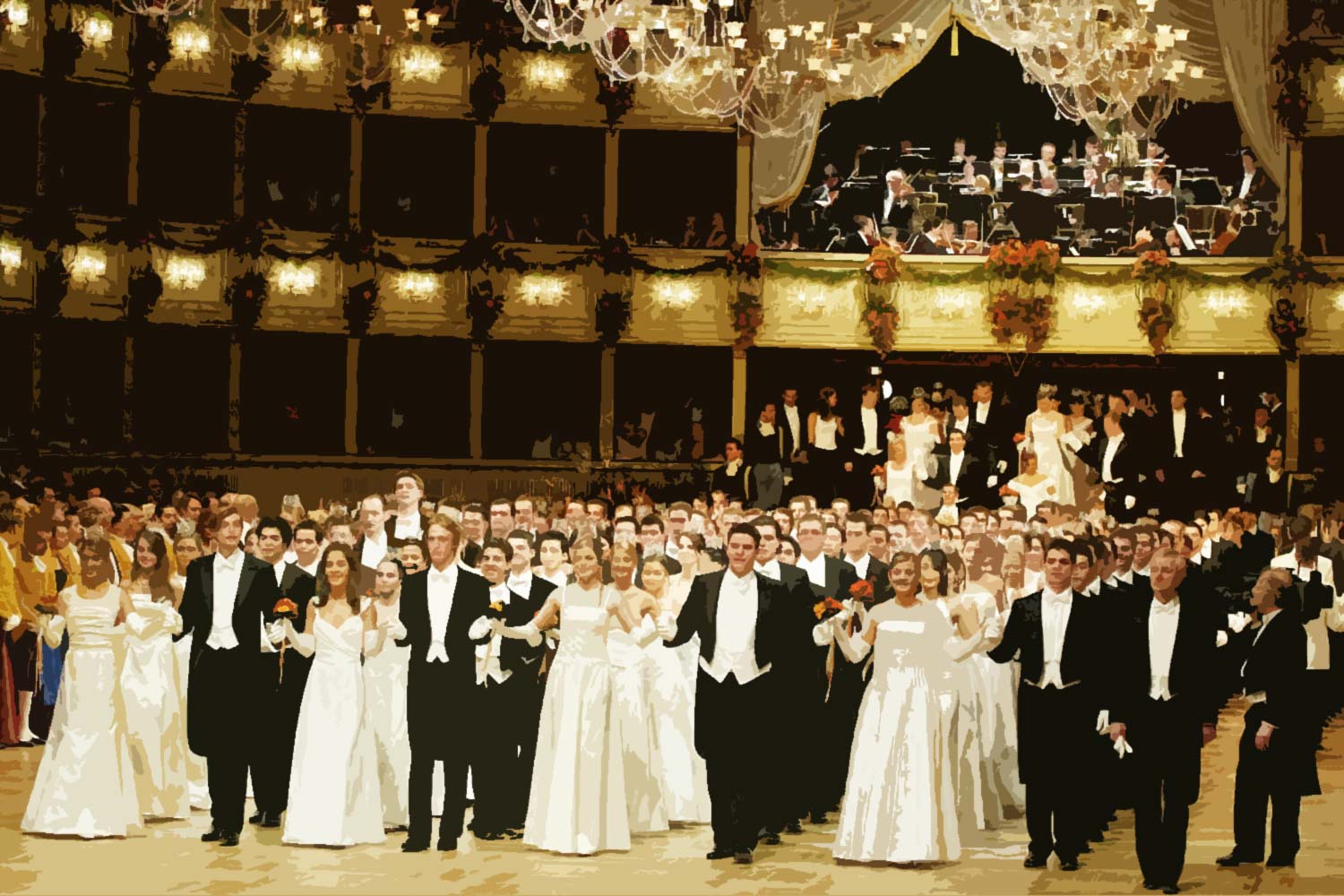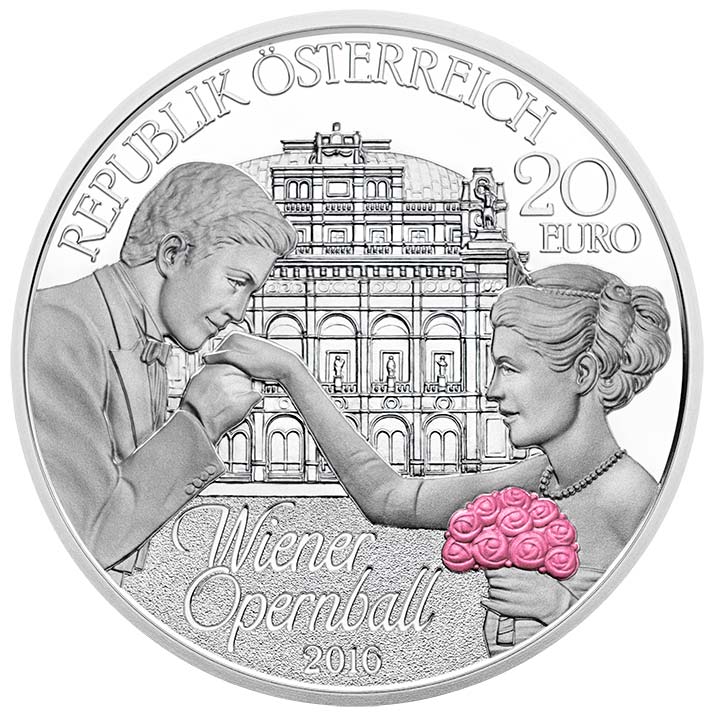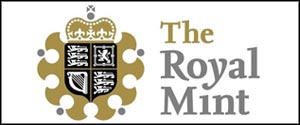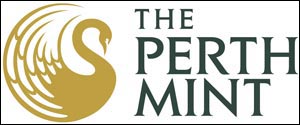The first 2016-dated issue of the Austrian Mint features a world-famous society event, the Vienna Opera Ball. An annual Austrian society event which takes place in the building of the Vienna State Opera, on the Thursday preceding Ash Wednesday. Together with the New Year Concert, the Opera Ball is one of the highlights of the Viennese carnival season.
The Opera Ball was first held in 1935, but was suspended during World War II. It was revived after the war and has been held annually ever since, with the exception of 1991, when it was cancelled due to the Persian Gulf War. Since 2008, Desirée Treichl-Stürgkh has been the chairman (supervising organizer) of the Vienna Opera Ball.
The coin is struck in a format very familiar to collectors of Austrian Mint product; a 34mm, 0.900 silver coin of 20g weight. Like most Euro coins, the design is unique to both the reverse and obverse sides and the quality of work here looks high, hardly surprising given the mints star team of Thomas Pesendorfer and Mag. Helmut Andexlinger are responsible for it. An unusual subject for a coin, especially given the growing disconnect with the rich these days, but there are plenty of people harking back to the days when this kind of thing was the highlight of the entertainment calendar and it’s rare for the Austrian Mint to get it wrong, so there’s obviously a market. One of the few coins from this superb mint that incorporates colouring, although here it’s very restrained and used to highlight rather than overwhelm.
Available from 20 January 2016, the mintage is limited to 50,000 and the coin retails for €55.20.
SPECIFICATION
| DENOMINATION | COMPOSITION | WEIGHT | DIAMETER | FINISH | MINTAGE | BOX / COA |
|---|---|---|---|---|---|---|
| 20 EURO | 0.900 SILVER | 18.0 g (20.00 g Fine) | 34.00 mm | PROOF | 50,000 | YES / YES |
MINTS DESCRIPTION
One of the highlights of the Vienna Opera Ball is the opening, which includes dance performances by the Young Ladies and Young Men’s Committee. This is shown on the coin’s reverse, while the coin’s obverse features a young lady holding a raspberry red bouquet as a young man kisses her other hand. The addition of colour both brings the flowers to life and adds a touch of magic to this dazzling memento of a truly dazzling event.
Following a 17-year hiatus, caused by the outbreak of the Second World War and the subsequent adversity faced by war-torn Vienna, in 1956 the Opera Ball was re-established in its original home, the newly re-opened Vienna State Opera, where it has remained ever since. The Opera Ball had been held there since 1877 when Emperor Franz Joseph I gave his consent to a ‘soiree’ in the opera house. Dancing was not officially allowed that night but one thing led to another and after midnight the first dance took place. They rest, as they say, is history.
ADVERTISEMENTS










Leave A Comment